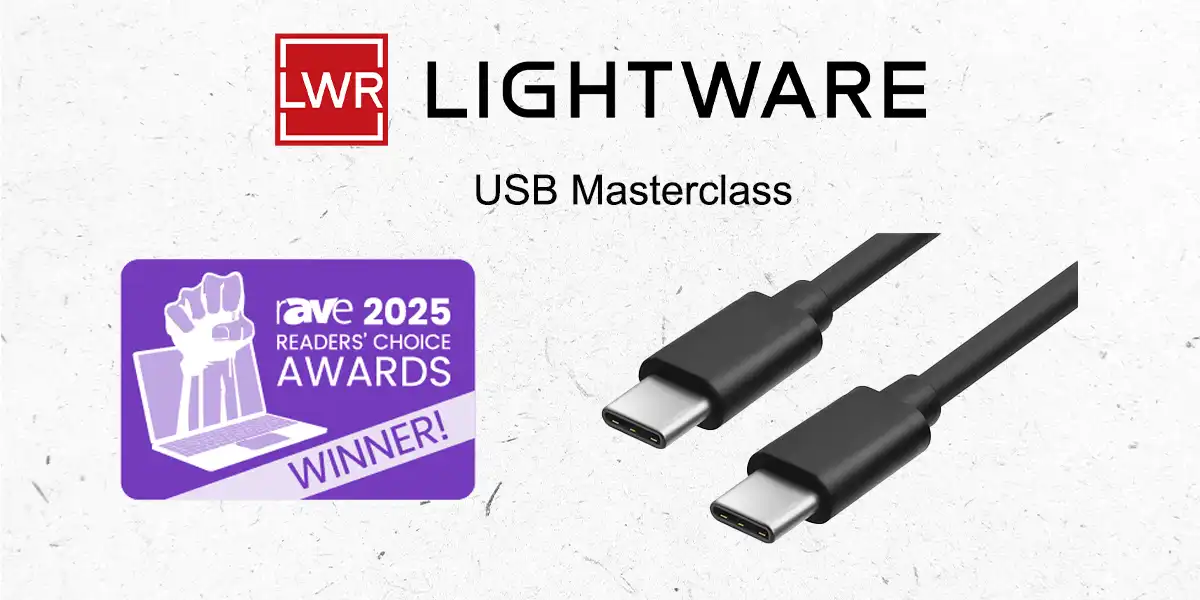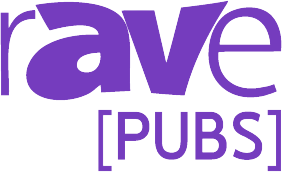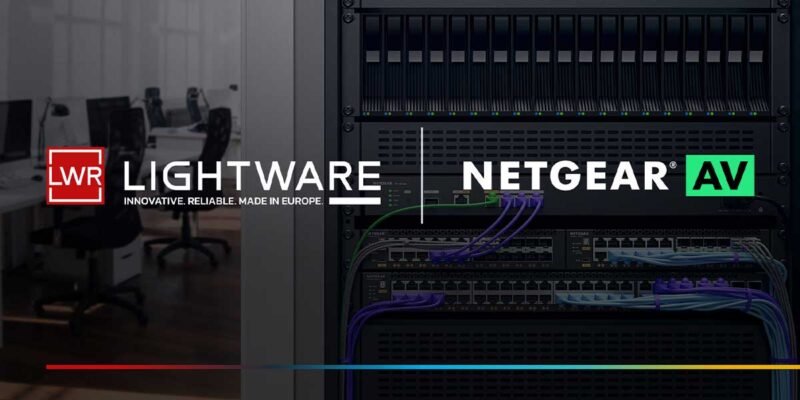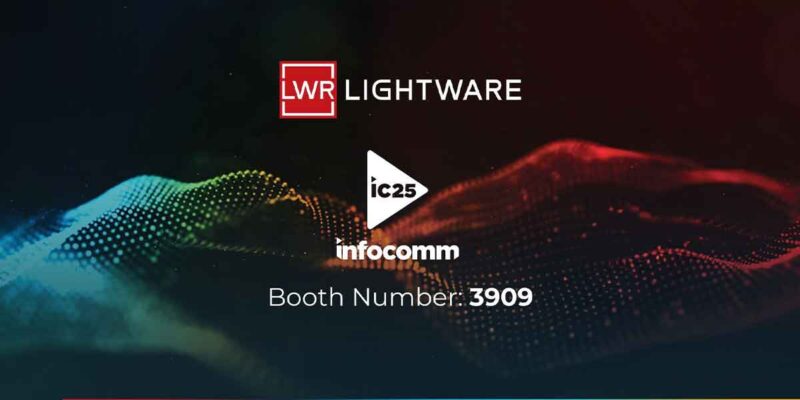What We Learned From Lightware’s Latest USB Masterclass — And How to Join the Next One
THIS IS A PROMOTED POST

USB-C has very quickly become the de facto connector to solve all our problems. It can do video! It can do audio! It can do data! It can do networking! It can even charge your devices! But in ProAV, we know that with every connector come quirks, rules and standards.
Lightware has become a pioneer in this space. An early adopter and promoter of USB-C in ProAV, the company has also made it its mission to teach the industry how to navigate USB-C. Hence, USB Masterclass was born. Each month, Lightware hosts one of these classes — I joined September’s. Here’s what I learned, plus I’ll show you where you can sign up for the next one (and how you can collect 1 CTS, CTS-I or CTS-D RU).
USB Masterclass is hosted by Lightware’s Lesley Koch, director of training – Americas. First of all, she’s great. It’s literally her job to train, and that shows in the webinar. If you’re like me and your mind is constantly racing through a never-ending to-do list, she’s really good about making the class interactive so you participate and focus.
Since its inception, USB Masterclass has helped more than a thousand AV pros expand their knowledge of USB. The program’s impact was also recognized this year when it won the rAVe Reader’s Choice Award for Best Webinar Series.
USB’s Evolution
The first thing to know is that “USB” has meant many different things in the past 20 years. Before the industry agreed to standardize, every device had a different proprietary connector. That was too much — and it made our lives hell. Enter the USB Implementers Forum. It owns, manages and defines the specifications every USB standard must meet.
We also learned that older USB types (USB 1.0 and 2.0) are half duplex, meaning they only send a signal in one direction at a time. USB 3.0 and later are full duplex, meaning they can send and receive data simultaneously. For example, a camera can stream video to a laptop while also receiving control commands back from the laptop at the same time.
Connector Types
Pro tip: In USB terminology, standard refers to speed, while type refers to the connector shape and its number of pins.
That’s important, because you might see a USB-C connector carrying anything from old USB 2.0 speeds all the way up to Thunderbolt/USB4 performance. The plug shape alone doesn’t guarantee bandwidth.
For example, USB-A and USB-B both have four pins. USB-C has 24 pins, which means two full-duplex channels, unlocking higher bandwidth and more simultaneous functions. This is why USB-C can handle 4K/60 video, data transfer and power delivery to charge a laptop all at once.
While that sounds great, it can be confusing for integrators. USB-C is adaptable to many different standards (DisplayPort, Thunderbolt, etc.), but not every cable or port supports every function. Designing a room around USB-C is much more complicated than it first appears.
Topology and Bandwidth
So you have a meeting room that works about 80% of the time. In this section of USB Masterclass, Lesley explains why: It’s probably the USB topology — the structure of how a host device talks to peripherals.
The host device is the computer. From there, signals cascade down through tiers, or hops, until they reach peripherals such as a camera, microphone or wireless keyboard. You only have seven tiers to work with. Go beyond this, and your tech stops working.
In the class, Lesley teaches you three methods for calculating the tiers your devices take up, so that you can be sure to stay within the seven. These are:
- Manufacturer documentation
- Educated guesses
- Online tools
If you don’t have the USB tier information from the manufacturer, you can learn how to make the best educated guess and double-check with software tools that are readily available (and free!). Lightware’s USBXpert is one of them.
Device Classes and Transfer Methods
In this section, you learn what isochronous and non-isochronous devices are. This might sound confusing, but stick with it. You’ll understand how a mouse, PTZ camera and video bar each send information. By the end of the course you’ll know the following methods:
- Control
- Interrupt
- Isochronous
- Bulk
USB-C Power and Extension
In the final section, the class covers what to do when a room needs a signal to travel farther than a standard USB-C cable allows. This is where extension comes in. You’ll learn the challenges, modes and technologies that make it possible, from Icron to HDBaseT to SDVoE.
Look, getting into and understanding the ins and outs of USB-C is difficult. No one is pretending otherwise. But if you’re in the business of putting together a conference room and you want to do that with the simplicity of USB-C, this class is for you. Afterward, you’ll be able to design a room that works — thanks to the training and the tools and resources that come with it.
I’ll give you one tip: Always test your cables. They are not all created equal. To get the rest of the tips and resources, sign up for the next class on Oct. 14, 2025, at 1 p.m. EDT.





